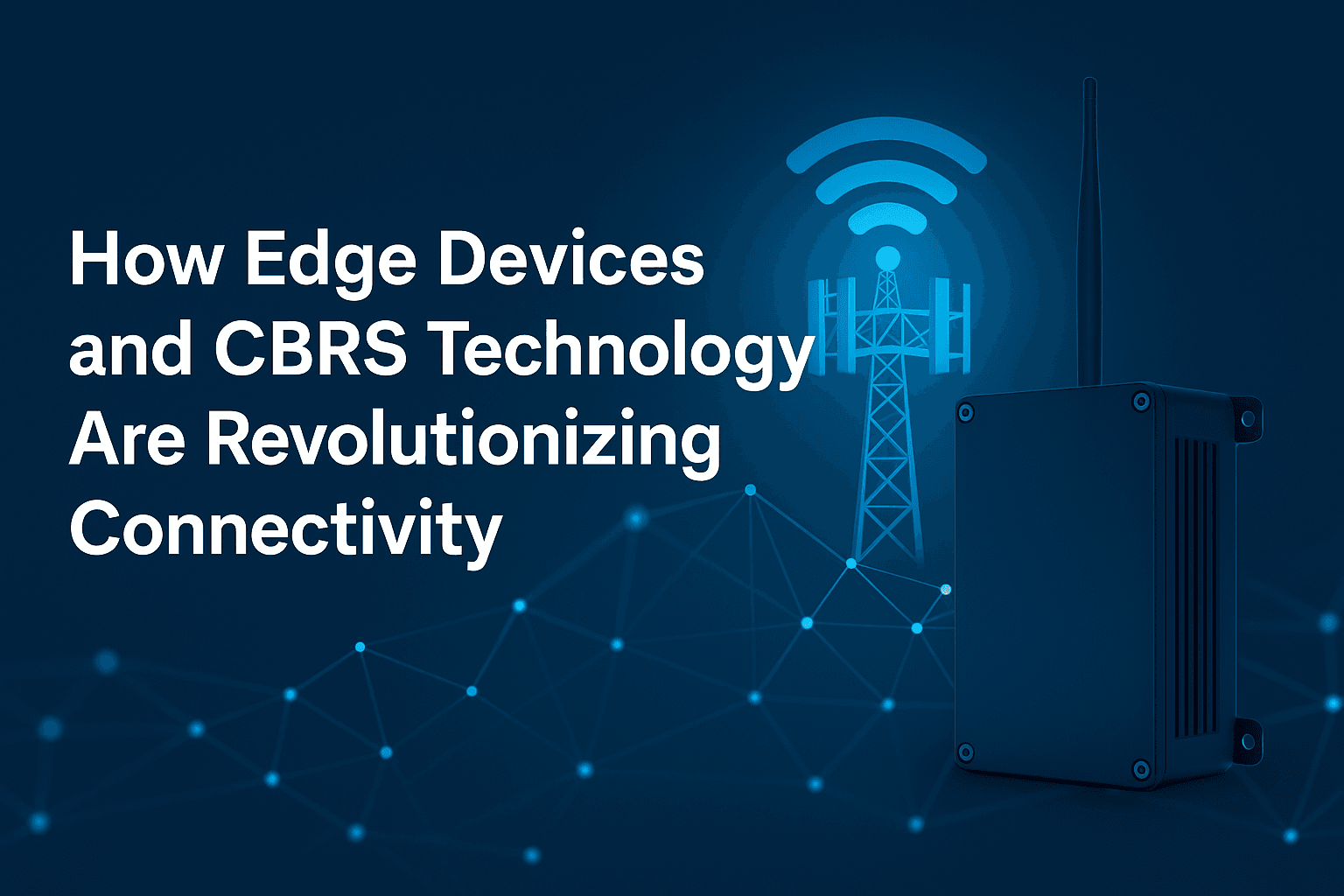
Transportation Technology Solutions: Essential Guide
The transportation industry is rapidly evolving, with technology leading the charge towards a more efficient and sustainable future. We at Shirikihub believe that understanding these changes is key for businesses looking to stay ahead.
From electric vehicles to AI-powered route optimization, this post explores the intersection of innovation and practicality in transportation. Join us as we navigate through the benefits and implementation strategies of today’s most groundbreaking transportation technologies.
Emerging Transportation Technologies
The landscape of transportation is witnessing a seismic shift, largely driven by advancements in electric and autonomous vehicles, the application of AI and machine learning for route optimization, and the leverage of the Internet of Things (IoT) for data collection and analysis. These innovations are not just shaping the future; they are actively redefining the present state of travel and logistics, offering both challenges and immense opportunities for businesses and consumers alike.
Electric and Autonomous Vehicles Transforming Transit
Electric vehicles (EVs) are a testament to the industry’s move towards sustainability, merging environmental responsibility with cutting-edge technology. Businesses are increasingly adopting EVs not only due to their lower carbon footprint but also because of the long-term cost savings in fuel and maintenance. Meanwhile, autonomous vehicles (AVs) stand on the forefront of revolutionizing the driving experience, safety, and efficiency of transport. The convergence of these technologies heralds a future where traffic congestion and emissions are significantly reduced, and mobility is accessible to a broader demographic.

Tips for Businesses:
- Invest in EV fleet conversions early to capitalize on government incentives and enhance your brand image.
- Stay informed on AV regulatory developments to be ready for integration into your logistics strategy.
AI-Driven Route Optimization
AI and machine learning are proving to be game-changers in achieving optimal efficiency in routing and logistics. These technologies can process vast amounts of data in real-time, considering variables like traffic conditions, weather, and vehicle capacity, to generate the most efficient routes. This not only cuts delivery times but also reduces fuel consumption and operational costs. Businesses leveraging AI for route optimization are seeing significant improvements in customer satisfaction through reliable delivery times and reduced environmental impact.
Practical Steps:
- Integrate AI-based route optimization tools into your logistics management system.
- Regularly update your data inputs to reflect real-world conditions for maximum accuracy and efficiency.
IoT for Enhanced Real-Time Operations
IoT is the glue binding all these technologies together, offering unprecedented visibility and control over transportation operations. Through real-time data collection and analysis, businesses can monitor vehicle health, track shipments accurately, and make data-driven decisions. IoT devices ensure that the entire supply chain is more transparent and responsive, enabling proactive measures instead of reactive ones.
Actionable Insights:
- Implement IoT sensors in vehicles for real-time monitoring of location, health, and performance.
- Use IoT data analytics to predict maintenance needs and optimize routes further.
In conclusion, adopting these technologies is not an option but a necessity for those aiming to lead in the transportation and logistics sector. The key to successful implementation lies in strategic planning, investment in the right technology, and a commitment to continuous learning and adaptation. For those looking to delve deeper into sustainable technology trends in transportation, exploring resources like sustainable technology trends can offer further insights.
The transition towards more advanced transportation technologies offers a pathway to not just economic efficiency but also environmental sustainability and enhanced safety. As the industry continues to evolve, staying ahead means being adaptable and informed.
Key Transportation Tech Benefits
Embracing modern transportation technologies not only propels the industry forward but directly translates into tangible benefits for businesses and society. Improved safety, efficiency, accessibility, and sustainability are not just goals; they are achievable outcomes with the right technological tools.
Elevating Safety Standards
One of the most compelling arguments for adopting new transportation technologies is the significant improvement in safety. Advanced driver-assistance systems (ADAS) in vehicles can dramatically reduce human error, which accounts for a significant percentage of road accidents. For instance, features such as automatic braking, lane-keeping assistance, and adaptive cruise control have proved to decrease collisions and save lives. Businesses investing in vehicles equipped with ADAS are not only minimizing risk but are also likely to see a reduction in insurance premiums due to fewer claims.
Streamlining Efficiency and Cost Reduction
Operational efficiency and cost savings go hand in hand when implementing transportation technologies. AI-driven route optimization, as mentioned, can reduce fuel consumption by ensuring vehicles take the most efficient routes. Moreover, predictive maintenance facilitated by IoT technologies can preempt vehicle breakdowns, avoiding costly downtime and repairs. For businesses operating large fleets, these savings can be substantial. The transition to electric vehicles further compounds these benefits, offering lower operational costs over the long term compared to traditional vehicles.
Promoting Accessibility and Sustainability
Accessibility and sustainability are increasingly becoming non-negotiable for consumers and businesses alike. Technologies such as electric vehicles contribute to a greener planet by reducing greenhouse gas emissions. Furthermore, autonomous vehicles have the potential to significantly enhance mobility for individuals who are unable to drive due to various reasons, thereby increasing accessibility to transportation.
Practically, businesses can start small with initiatives like incorporating EVs into their fleets and gradually scaling up based on returns. Engaging with technology providers for pilot programs can also help mitigate initial costs and assess benefits in a controlled way. Tools that manage vehicle health and track fuel efficiency can also serve as a starting point towards broader technological integration.

Considerations for Businesses:
- Keep abreast of local and federal regulatory changes to maximize incentives related to green technologies.
- Engage employees with training and information sessions to smoothen the transition to new technologies.
- Analyze data collected from technology implementations regularly to adjust strategies for maximum benefit.
In short, businesses ready to invest and innovate within the transportation sector stand to gain greatly from these technologies. Efficiency, safety, and sustainability are not just buzzwords but are key drivers of future success. For deeper insights into sustainable tech trends, organizations can explore resources like sustainable tech trends.
The next logical step for businesses is to consider the practical aspects of integrating these technologies into their operations. Assessing the right tools, calculating ROI, and training staff are critical components of this phase.
Implementing Transportation Tech
Successfully integrating transportation technology into business operations is a pivotal step for companies aiming to enhance efficiency, safety, and sustainability. Here’s how you can navigate the process effectively, ensuring that you select and incorporate the right tech solutions to meet your unique business needs.
Understanding Your Transportation Ecosystem
Before diving into the selection of new technologies, a thorough assessment of your current transportation setup is essential. This means identifying the strengths, weaknesses, and gaps in your existing system. For instance, if your fleet faces frequent delays due to traffic congestion, technologies like AI-driven route optimization could be a game-changer. Equally, if fuel costs are a major overhead, transitioning to electric vehicles might offer long-term savings and environmental benefits.
Actionable Steps:
- Conduct an audit of your current logistics and transportation processes.
- Identify your primary challenges, such as high fuel costs, vehicle maintenance issues, or inefficient routing.
Choosing the Right Technologies
With a clear understanding of your needs, the next step is to evaluate which technologies can address your challenges most effectively. While electric vehicles (EVs) and autonomous vehicles (AVs) promise to revolutionize the transportation sector, the immediate focus should be on technologies that can be integrated smoothly into your existing operations, providing quick wins and a solid ROI. For many businesses, this could mean starting with route optimization software or IoT devices for fleet monitoring.
It is essential to partner with reputable technology providers who understand the logistics and transportation industry’s intricacies. Their experience can guide you towards the most beneficial and scalable technologies for your business.

Recommendations:
- Assess technology solutions that align with your specific challenges.
- Consider the scalability and future-proofing of the solution.
Planning for Integration and Scale
Successfully implementing transportation technologies requires careful planning. Start small with pilot projects to test the effectiveness of the technology in addressing your challenges. This approach allows you to measure ROI and make necessary adjustments before a full-scale rollout. Training for staff is crucial; ensure that they understand how to use the new technologies effectively.
Integration should also consider the scalability of the technology. As your business grows, your tech solutions should be able to grow with you, avoiding the need for a complete overhaul in a few years.
Implementation Tips:
- Launch pilot projects with measurable objectives.
- Provide comprehensive training for your team.
- Choose technologies with scalability in mind.

In summary, implementing transportation technology solutions requires a strategic approach, focusing on understanding your current needs, carefully selecting the right solutions, and planning for effective integration and scalability. By following these guidelines, businesses can significantly benefit from improved efficiency, cost savings, and sustainability.
For more insights into how technology is shaping the transportation industry, explore our post on sustainable tech trends.
Following these steps, you’ll be well on your way to harnessing the potential of transportation technology, paving the way for a more efficient, safer, and sustainable future for your operation.
Final Thoughts
Reflecting on the transformative power of transportation technology brings us to the undeniable conclusion that the future of logistics and mobility is here. The advancements in electric and autonomous vehicles, AI-driven route optimization, and the expansive capabilities of IoT have opened new horizons for efficiency, safety, and sustainability in transport. The impact of these technologies is profound, offering businesses an opportunity to not only streamline their operations but also significantly reduce their environmental footprint.

The journey towards integrating these innovative solutions into our daily operations is not just a strategic business move; it’s a commitment to the future of our planet. Embracing these advancements is essential for businesses aiming to remain competitive, sustainable, and relevant in a rapidly changing world.
We at Shirikihub are dedicated to playing a pivotal role in this transition. By leveraging our Smart WiFi management system and Shiriki Cloud, businesses can ensure robust, efficient, and sustainable operations. Our solutions are designed to bridge the digital divide, allowing seamless application deployment and fostering unparalleled digital accessibility. With our focus on environmentally friendly solar-powered data centers, we’re not just aiming for efficiency; we’re striving for a sustainable future.
Encouragement to embrace these innovative solutions cannot be overstated. The benefits are clear:
- Enhanced Efficiency: Streamline your operations with smart technology.
- Cost Savings: Reduce operational costs with AI and IoT solutions.
- Sustainability: Lower your carbon footprint with our eco-friendly data centers.
For those ready to take the next step in transforming their business with advanced technology solutions, exploring what we have to offer at ARED is the perfect start. Join us and hundreds of our partners in shaping a more connected, efficient, and sustainable future.
In summary, the impact of transportation technology is vast and varied, offering a multitude of benefits for businesses and society alike. The key to unlocking these advantages lies in strategic adoption and continuous innovation. Let’s move forward together, embracing innovative solutions for a brighter, more sustainable future.


